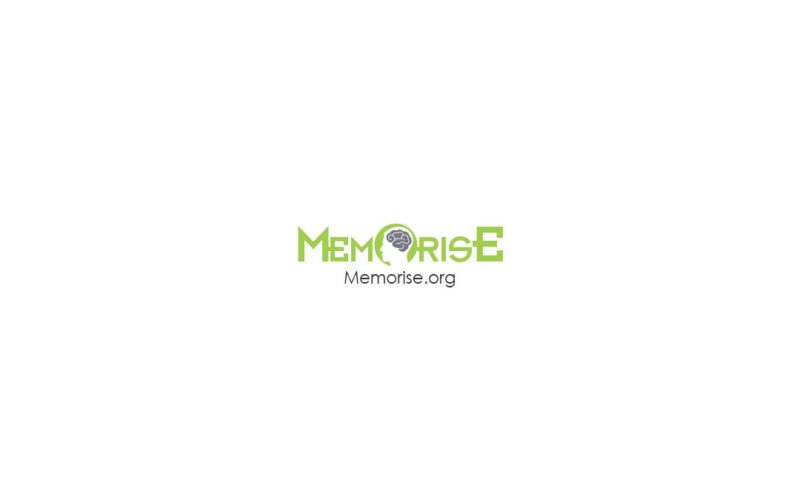I bet you didn’t know the physiological study of laughter has a name —gelotology, and that there are actually researchers who study humor and laughter and how they have an impact on the brain.
Laughter is the physical respo nse to humor, so although they are similar they are not actually the same. Laughter consists of two parts – a set of gestures and the production of a sound. When we laugh, the brain pressures us to conduct both those activities simultaneously. When we laugh heartily, changes occur in many parts of the body, even the arm, leg and trunk muscles. It stimulates the ‘feel good’ chemicals in the brain, so you want to repeat it over and over again.
While the relationship between laughter and the brain is not fully understood, researchers are making some progress. They have learned the production of laughter is involved with various regions of the brain, and many believe the purpose of laughter is related to making and strengthening social connections. As we have learned from previous studies, social interaction strengthens the connections in the brain. “Laughter occurs when people are comfortable with one another, when they feel open and free. And the more laughter [there is], the more bonding [occurs] within the group,” says cultural anthropologist Mahadev Apte. This feedback “loop” of bonding-laughter-more bonding, combined with the common desire not to be singled out from the group, may be another reason why laughter is often contagious.
Other studies have shown people are more apt to laugh when they are with others as opposed to being by themselves — unless they have some sort of outside stimulus like television or reading something funny. “Even nitrous oxide, or laughing gas, loses much of its oomph when taken in solitude,” says German psychologist Willibald Ruch.
Humor researcher Peter Derks describes laughter response as “a really quick, automatic type of behavior.” “In fact, how quickly our brain recognizes the incongruity that lies at the heart of most humor and attaches an abstract meaning to it determines whether we laugh,” he says.
Derks has traced the pattern of brainwave activity in subjects hooked up to an electroencephalograph (EEG) and responding to humorous material. Their brain activity was measured when they laughed. In each case, the brain produced a regular electrical pattern. Within four-tenths of a second of exposure to something potentially funny, an electrical wave moved through the cerebral cortex, the largest part of the brain. If the wave took a negative charge, laughter resulted. If it maintained a positive charge, no response was given, researchers said.
During the experiment, researchers observed the following specific activities:
- Words and structure of the joke took place on the left side of the cortex (the layer of cells that covers the entire surface of the forebrain).
- The frontal lobe of the brain, involved in social emotional responses, became very active.
- In order to “get the joke” the right hemisphere of the cortex carries out the intellectual analysis.
- Brainwave activity spreads to the sensory processing area of the occipital lobe (the area on the back of the head that contains the cells that process visual signals).
- Physical responses to the joke stimulate the motor sections of the brain.
Emotional responses seem to be confined to specific areas of the brain, while laughter appear to be produced via a circuit that runs through many regions of the brain. Damage to any of these regions could impair one’s sense of humor and response to humor, experts say.
This is Ron White, two-time USA Memory Champion , memory training expert, and memory keynote speaker. I love to laugh, so it’s great to know it helps my memory.
Sources:
Reader’s Digest — I Am Moe’s Funny Bone, September 2005, pg. 92
Science — How laughter works: http://science.howstuffworks.com/environmental/life/human-biology/laughter3.htm



